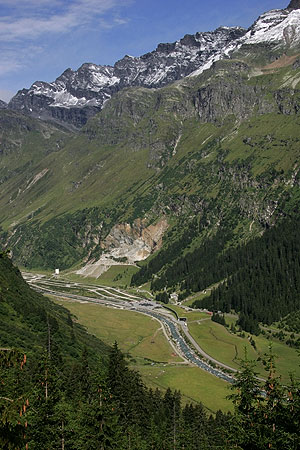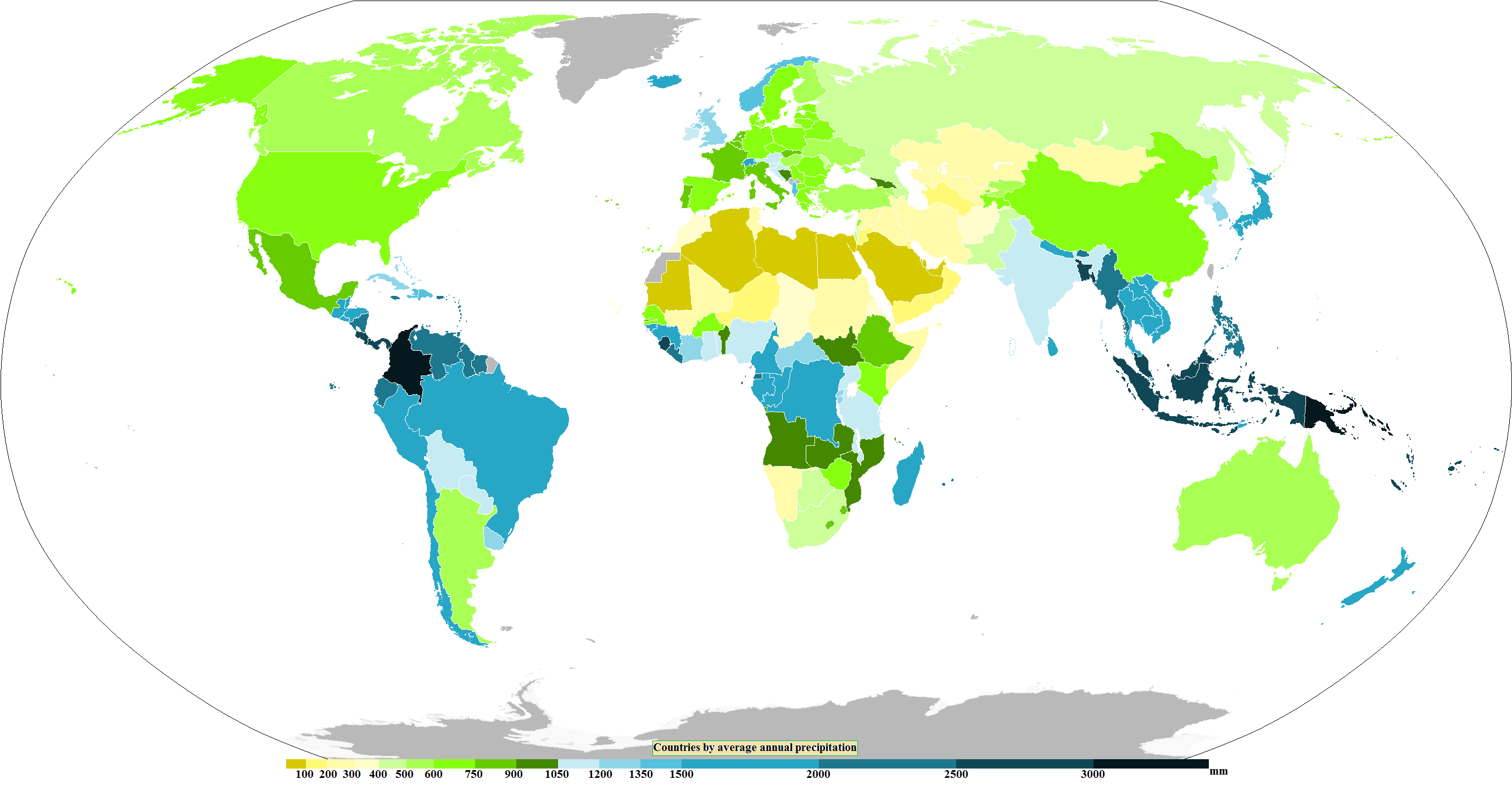|
Hinterrhein, Switzerland
Hinterrhein () is a village and a former municipality in the Viamala Region in the Swiss canton of Graubünden. The village is located near the start of the river Hinterrhein/Rein Posteriur, one of the two initial tributaries of the Rhine. On 1 January 2019 the former municipalities of Hinterrhein, Nufenen and Splügen merged to form the new municipality of Rheinwald. History Hinterrhein is first mentioned in 1219 as ''de Reno''. Geography Hinterrhein has an area, , of . Of this area, 22.7% is used for agricultural purposes, while 7.6% is forested. Of the rest of the land, 1.2% is settled (buildings or roads) and the remainder (68.5%) is non-productive (rivers, glaciers or mountains). Before 2017, the municipality was located in the Rheinwald sub-district, of the Hinterrhine district, after 2017 it was part of the Viamala Region. It is a ''haufendorf'' (an irregular, unplanned and quite closely packed village, built around a central square) located on the northern portal of ... [...More Info...] [...Related Items...] OR: [Wikipedia] [Google] [Baidu] |
Viamala Region
Viamala Region is one of the eleven regions of the canton of Graubünden in Switzerland Switzerland, officially the Swiss Confederation, is a landlocked country located in west-central Europe. It is bordered by Italy to the south, France to the west, Germany to the north, and Austria and Liechtenstein to the east. Switzerland .... It has an area of and a population of (as of ). It was created on 1 January 2017 as part of a reorganization of the Canton. Mergers * On 1 January 2018, the former municipality of Mutten merged into the municipality of Thusis. * On 1 January 2019, the former municipalities of Hinterrhein, Nufenen and Splügen merged into the new municipality of Rheinwald. * On 1 January 2021, the former municipalities of Casti-Wergenstein, Donat, Lohn and Mathon merged to form the new municipality of Muntogna da Schons. References {{coord, 46.66, N, 9.45, E, region:CH, display=title Regions of Graubünden ... [...More Info...] [...Related Items...] OR: [Wikipedia] [Google] [Baidu] |
Swiss People's Party
The Swiss People's Party (, SVP; , PPS), also known as the Democratic Union of the Centre (, UDC; , UDC), is a national-conservative and right-wing populist political party in Switzerland. Chaired by Marcel Dettling, it is the largest party in the Federal Assembly, with 62 members of the National Council and 6 of the Council of States. The SVP originated in 1971 as a merger of the Party of Farmers, Traders and Independents (BGB) and the Democratic Party, while the BGB, in turn, had been founded in the context of the emerging local farmers' parties in the late 1910s. The SVP initially did not enjoy any increased support beyond that of the BGB, retaining around 11% of the vote through the 1970s and 1980s. This changed however during the 1990s, when the party underwent deep structural and ideological changes under the influence of Christoph Blocher; the SVP then became the strongest party in Switzerland by the 2000s. In line with the changes fostered by Blocher, the party s ... [...More Info...] [...Related Items...] OR: [Wikipedia] [Google] [Baidu] |
Rheinwald
The Rheinwald (from Latin ''Rheni vallis'' meaning "Rhine Valley"; Romansh: ''Valrain'') is a valley in the Canton of Grisons in Switzerland, the first section of the Hinterrhein valley. The river Hinterrhein flows through three valleys in the Grisons, the Rheinwald, the Schams and the Domleschg. Geography The Rheinwald is about 26 km long and mainly runs from East to West. It is lined on both sides with peaks of over 3000 m high. The highest peaks are the Rheinwaldhorn (3402 m) to the West and the Pizzo Tambo (3279 m) in the South. The Hinterrhein leaves the valley at the entrance to the Rofla Gorge, which separates the Rheinwald from the Schams valley. Two mountain passes lead South from the Rheinwald: the San Bernardino Pass into Misox valley and the Splügen Pass into Val San Giacomo in Italy. The San Bernardino Tunnel (Swiss Highway A13) was opened in 1967 and stays open all winter. Mule tracks on Mount Safierberg and Mount Valserberg ... [...More Info...] [...Related Items...] OR: [Wikipedia] [Google] [Baidu] |
Precipitation (meteorology)
In meteorology, precipitation is any product of the condensation of atmospheric water vapor that falls from clouds due to gravitational pull. The main forms of precipitation include drizzle, rain, rain and snow mixed ("sleet" in Commonwealth usage), snow, ice pellets, graupel and hail. Precipitation occurs when a portion of the atmosphere becomes saturated with water vapor (reaching 100% relative humidity), so that the water condenses and "precipitates" or falls. Thus, fog and mist are not precipitation; their water vapor does not condense sufficiently to precipitate, so fog and mist do not fall. (Such a non-precipitating combination is a colloid.) Two processes, possibly acting together, can lead to air becoming saturated with water vapor: cooling the air or adding water vapor to the air. Precipitation forms as smaller droplets coalesce via collision with other rain drops or ice crystals within a cloud. Short, intense periods of rain in scattered locations are called shower (p ... [...More Info...] [...Related Items...] OR: [Wikipedia] [Google] [Baidu] |
Italian Language
Italian (, , or , ) is a Romance language of the Indo-European language family. It evolved from the colloquial Latin of the Roman Empire. Italian is the least divergent language from Latin, together with Sardinian language, Sardinian. It is spoken by about 68 million people, including 64 million native speakers as of 2024. Italian is an official language in Languages of Italy, Italy, Languages of San Marino, San Marino, Languages of Switzerland, Switzerland (Ticino and the Grisons), and Languages of Vatican City, Vatican City; it has official Minority language, minority status in Minority languages of Croatia, Croatia, Slovene Istria, Romania, Bosnia and Herzegovina, and the municipalities of Santa Teresa, Espírito Santo, Santa Tereza, Encantado, Rio Grande do Sul, Encantado, and Venda Nova do Imigrante in Languages of Brazil#Language co-officialization, Brazil. Italian is also spoken by large Italian diaspora, immigrant and expatriate communities in the Americas and Austral ... [...More Info...] [...Related Items...] OR: [Wikipedia] [Google] [Baidu] |
Romansh Language
Romansh ( ; sometimes also spelled Romansch and Rumantsch) is a Gallo-Romance languages, Gallo-Romance and/or Rhaeto-Romance languages, Rhaeto-Romance language spoken predominantly in the Switzerland, Swiss Cantons of Switzerland, canton of the Grisons (Graubünden). Romansh has been recognized as a national Languages of Switzerland, language of Switzerland since 1938, and as an official language in correspondence with Romansh-speaking citizens since 1996, along with Swiss Standard German, German, Swiss French, French, and Swiss Italian, Italian. It also has Official language, official status in the canton of the Grisons alongside German and Italian and is used as the medium of instruction in schools in Romansh-speaking areas. It is sometimes grouped by linguists with Ladin language, Ladin and Friulian language, Friulian as the Rhaeto-Romance languages, though this is disputed. Romansh is one of the descendant languages of the Vulgar Latin, spoken Latin language of the Roman Empi ... [...More Info...] [...Related Items...] OR: [Wikipedia] [Google] [Baidu] |
Tertiary Sector Of The Economy
The tertiary sector of the economy, generally known as the service sector, is the third of the three economic sectors in the three-sector model (also known as the economic cycle). The others are the primary sector (raw materials) and the secondary sector (manufacturing). The tertiary sector consists of the provision of Service (economics), services instead of Product (business), end products. Services (also known as "Intangible good, intangible goods") include attention, advice, access, experience and affective labour. The tertiary sector involves the provision of services to other businesses as well as to final consumers. Services may involve the transport, distribution (economics), distribution and sale of goods from a producer to a consumer, as may happen in wholesaler, wholesaling and retailer, retailing, pest control or financial services. The goods may be transformed in the process of providing the service, as happens in the restaurant industry. However, the focus is ... [...More Info...] [...Related Items...] OR: [Wikipedia] [Google] [Baidu] |
Secondary Sector Of The Economy
In macroeconomics, the secondary sector of the economy is an economic sector in the three-sector theory that describes the role of manufacturing. It encompasses industries that produce a finished, usable product or are involved in construction. This sector generally takes the output of the primary sector (i.e. raw materials like metals, wood) and creates finished goods suitable for sale to domestic businesses or consumers and for export (via distribution through the tertiary sector). Many of these industries consume large quantities of energy, require factories and use machinery; they are often classified as light or heavy based on such quantities. This also produces waste materials and waste heat that may cause environmental problems or pollution (see negative externalities). Examples include textile production, car manufacturing, and handicraft. Manufacturing is an important activity in promoting economic growth and development. Nations that export manufactured p ... [...More Info...] [...Related Items...] OR: [Wikipedia] [Google] [Baidu] |
Primary Sector Of The Economy
The primary sector of the economy includes any industry involved in the extraction and production of raw materials, such as farming, logging, fishing, forestry and mining. The primary sector tends to make up a larger portion of the economy in developing countries than it does in developed countries. For example, in 2018, agriculture, forestry, and fishing comprised more than 15% of GDP in sub-Saharan Africa but less than 1% of GDP in North America. In developed countries the primary sector has become more technologically advanced, enabling for example the mechanization of farming, as compared with lower-tech methods in poorer countries. More developed economies may invest additional capital in primary means of production: for example, in the United States corn belt, combine harvesters pick the corn, and sprayers spray large amounts of insecticides, herbicides and fungicide Fungicides are pesticides used to kill parasitic fungi or their spores. Fungi can cause serious d ... [...More Info...] [...Related Items...] OR: [Wikipedia] [Google] [Baidu] |
Fachhochschule
A (; plural ), abbreviated FH, is a university of applied sciences (UAS), in other words a Hochschule, German tertiary education institution that provides professional education in many applied sciences and applied arts, such as engineering, technology, business, architecture, design, and industrial design. were first founded in Germany and were later adopted in Austria, Liechtenstein, Switzerland, Cyprus, and Greece. An increasing number of are abbreviated as ''Hochschule'', the generic term in Germany for institutions awarding academic degrees in higher education, or expanded as ''Hochschule für angewandte Wissenschaften (HAW)'', the German translation of "universities of applied sciences", which were primarily designed with a focus on teaching professional skills. This is reflected in the fact that the ratio of the number of students to the number of professors is significantly better than at traditional universities. However, there are also a number of subjects, such as s ... [...More Info...] [...Related Items...] OR: [Wikipedia] [Google] [Baidu] |
Education In Switzerland
The education system in Switzerland is very diverse, because the constitution of Switzerland delegates the authority for the school system mainly to the Canton of Switzerland, cantons. The Swiss constitution sets the foundations, namely that primary school is obligatory for every child and is free in state schools and that the confederation can run or support universities. The minimum age for primary school is about six years in all cantons but Obwalden, where it is five years and three months. After primary schools, the pupils split up according to their abilities and intentions of career paths. Roughly 25% of all students attend lower and upper secondary schools leading, normally after 12 school years in total to the federal recognized matura or an academic International Baccalaureate, Baccalaureate which grants access to all universities. The other students split in two or more school-types, depending on the canton, differing in the balance between theoretical and practical e ... [...More Info...] [...Related Items...] OR: [Wikipedia] [Google] [Baidu] |





